Kayaking in Sea of Cortez: Canal de Ballenas & “Wretched Excess” – Day 14
I awoke at about 5:15, to a clear sky at my campsite just south of Punta El Muerto. It was a little windy during the night, but the sea was relatively calm in the morning and looked ok for kayaking in Sea of Cortez. Yesterday I saw two shrimp boats anchored about 5 miles south of my camping spot and, when peeking out of my tent to check the tide at about one in the morning, I could see lights of a trawler over by Guardian Angel Island. They seem to be trawling in this area at night. The island now dominates the whole view to the east and it will block the sunrise for about ten minutes this morning until the sun can rise above it.
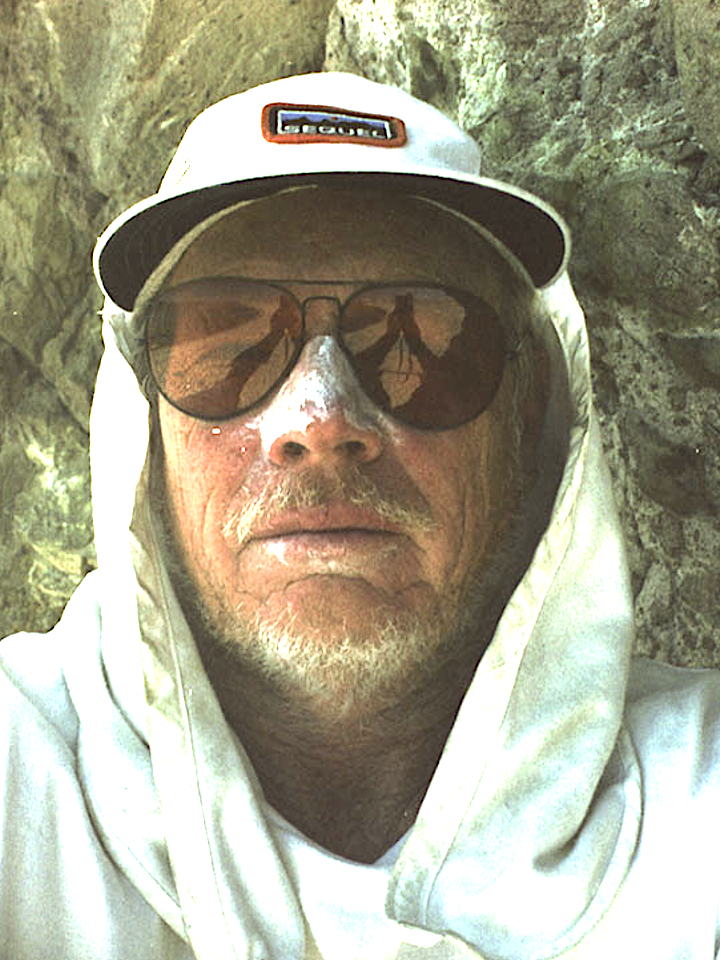
I had coffee in my sleeping bag. It was cool outside and I waited for the sun to turn the desert shoreline from cool to hot, instantly. The sun rose over the island at 5:51. I put my shades on, rubbed sunscreen on my arms and face, smeared zinc oxide all over my nose, and put on the hat. The Baja sun is not to be trifled with!
I launched the kayak at 7 AM. I paddled for about an hour before the wind began to get very strong. At one point it was blowing from behind me, and I thought I would put up the sail. I put the poles in my lap and started rigging the sail, and the wind continued to rise pushing me along fast even without a sail. Suddenly I noticed one of the sail poles was missing and had fallen into the water and was somewhere behind be. I secured the remaining parts of the sail, turned the kayak around and headed back into the wind to look for the lost pole. The wind rapidly increased and I thought, “Soon this will be too much for me to handle”. After some searching, I gave up looking for the pole. Without both poles, that was probably going to be the end of my sailing. Perhaps the strong currents in the Sea of Cortez will bring the pole back to me in a few days. Oh well, if you are in a kayak, it’s kind of cheating to be sailing when you should be paddling.
With Guardian Angel Island offshore, I had entered the area of the Sea of Cortez called the Midriff region. The channel between the peninsula and the island is called Canal de Ballenas (canal of whales) which is very deep and has some of the swiftest, most treacherous currents in the sea of Cortez. Large whirlpools and other strange currents form throughout this strait as the daily tides sweep through it. The wind was gusting very heavily from several directions as it bounced off the high cliffs. Far outside, in the middle of the Canal de Ballenas, I could see there were 5-10 foot waves created by the current moving north in collision with the north winds blowing to the south. White caps formed and then were blown off the tops of the waves by the high winds.
All morning while I was paddling, I was headed towards a point about 5 miles away with a characteristic rock offshore. When I got there, I found there were two points with similar rocks. I think this was Punta Candelero. I landed just south of the first point on a very rocky beach. I was very cold from the wind and I needed to warm up. I quickly gathered driftwood, got a fire going, and started cooking a potato with Spam. There was an army of thousands of rock roaches moving in front of the tide and heading up the rocks. There were clouds moving in all day and there were thunderstorms over the island in the distance. Some of the storm cells looked very intense and probably dropped inches of water on the north end of Guardian Angel Island, quenching the unending drought, at least for a few days.
While I was eating, the tide had turned and was going out fast so that before I knew it I had about 40 yards of boulders to pull my kayak across. I pulled the kayak down to the shore and went back to get some stuff. When I looked back at my temporary campsite, there were two coyotes standing there in the middle of my stuff. I hadn’t left anything edible there, so I continued packing the kayak. When I looked up again, one of the coyotes had come down and was standing about 10 ft. away from me. So I got out my camera, took a picture, and kept on packing. When I looked up again, I noticed that one of the coyotes had my yellow windbreaker in his mouth and was getting ready to make off with it. I threw some rocks, and he dropped my windbreaker and ran up the hill.

Altogether, I saw about 20 or 30 coyotes on the trip. They all seem very large compared to the southern California variety. Very often I surprised them as I quietly paddled a few feet offshore and they would the immediately retreat and get up on a ridge where they would follow me as I went along the shore, hoping for a free meal that they could steal from me if I stopped for the night. They would continue to follow me until they came to an impassable cliff. Then they would find a spot where they could watch me until I passed out of site, usually with just their eyes and ears visible above a ridge or sand dune.
I put back into the water for another hour and a half. As the wind got stronger, I landed on a rocky beach to rest and have soup and to see what would happen with the wind and the rain. The wind continued to get stronger and was consistently from the north and I could see white caps in the distance and larger waves were beginning to break close to me on the shore. Late in the afternoon the gusts were not as frequent, but it was clear that I was stuck here for the night. At sundown the sea looked very angry.
I think I’m about 30 miles from the Bahia de Los Angeles, which means I could be there on Wednesday night if I paddle for two long days. I have plenty of water and just barely enough food for two days more, I think. I decided to take an inventory of all the food that might be tucked away in some crevice of the kayak. What I found: one can of soup, one dry soup, two potatoes, one can of peas, 1/3 can of Spam, three tortillas, 1/2 onion, one hot chocolate, and some sugar for tea and coffee.
Cutting it close, I thought. Because the weather was still threatening to keep me here for a while, I allocated the food for breakfast, brunch, and dinner for two days. Here is what my meal plan looked like:
Day 1
- Breakfast: Hot chocolate, 1 tortilla
- Brunch: Spam, peas
- Dinner: Potato, ¼ onion, Tea
Day 2
- Breakfast: Coffee, 1 tortilla
- Brunch: Soup
- Dinner: Potato, ¼ onion, Tea
How much remains? 1 soup, 1 tortilla
Really? I will only have 1 soup and 1 tortilla left if I don’t make it to Bahia Los Angeles in the next two days! To get extra energy, I decided to use double sugar in the hot chocolate and coffee. And rather than exploring the back country at my stops the next few days, I decided that I’ll try to sleep whenever I’m not paddling so that I could conserve energy and not build up an appetite.
Just before I went to sleep, I was thinking about how much I enjoyed traveling with the bare minimum of equipment so I could get as close to nature as possible. I recently read an article with the subtitle “How Wretched Excess Became A Way Of Life In Southern California.”:
“There was a time when wretched excess was the exclusive province of divine-right monarchs and mega-millionaires. To be sure, the rich still lead lives of otherworldly extravagance…. But today the profligate rich are just one end of the continuum of surfeit that stretches from imported suede-lined dresser drawers and Range Rovers with imported Italian mobile espresso makers to the guy who enhances his trailer with a working fake-log fireplace and a massive satellite dish. Wretched excess has become a truly egalitarian motif, one that cuts across class and cultural lines. Call it the Big Gulp Culture, because it manifests itself not just in opulence but also in sheer outlandish size. All around you, everything–your car, your house, your appliances, the food you eat, the entertainment you enjoy–is oversized, overstuffed, over done, over elaborate, and, at times, bewilderingly overwhelming.
“When will you have enough in America? Never!” says French anthropologist G. Clotaire Rapaille.”
I didn’t have a GPS or a radio, signal flares, water purification equipment, or Gortex clothing. I didn’t come here in a 7,000-pound SUV or a deep “V” Boston Whaler with twin 200 HP Mitsubishi outboard engines. I was paddling a plastic kayak that costs the equivalent, I’m sure, of the annual earnings of a Mexican fishermen, but I did feel that for one month I was traveling lightly upon the earth. For a few days in my life, I felt I was not part of the “wretched excess”.
As the night approached at my campsite south of Punta Candelero, I unpacked those few items I needed for survival and comfort and went to sleep thinking of the two days ahead.
Next: Day 15 – Spam is Good!
Please comment on Two Miles to the Horizon
Back to the beginning of Two Miles to the Horizon

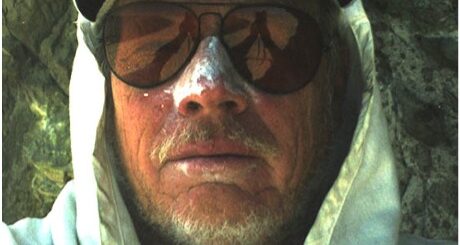
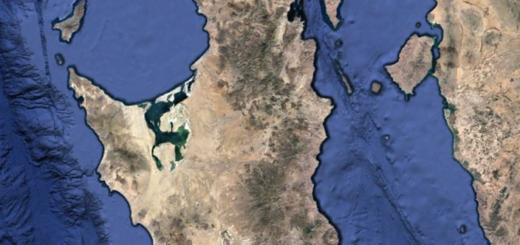
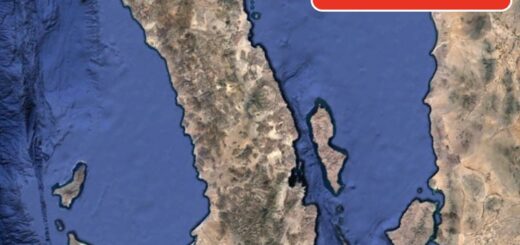

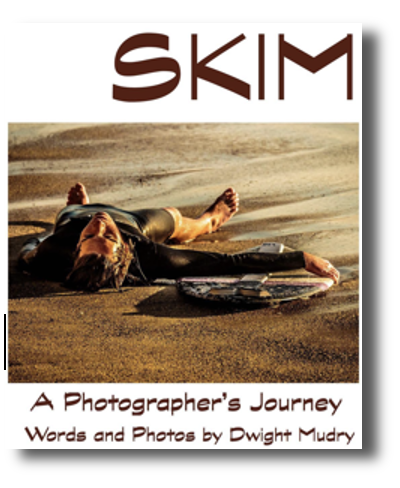
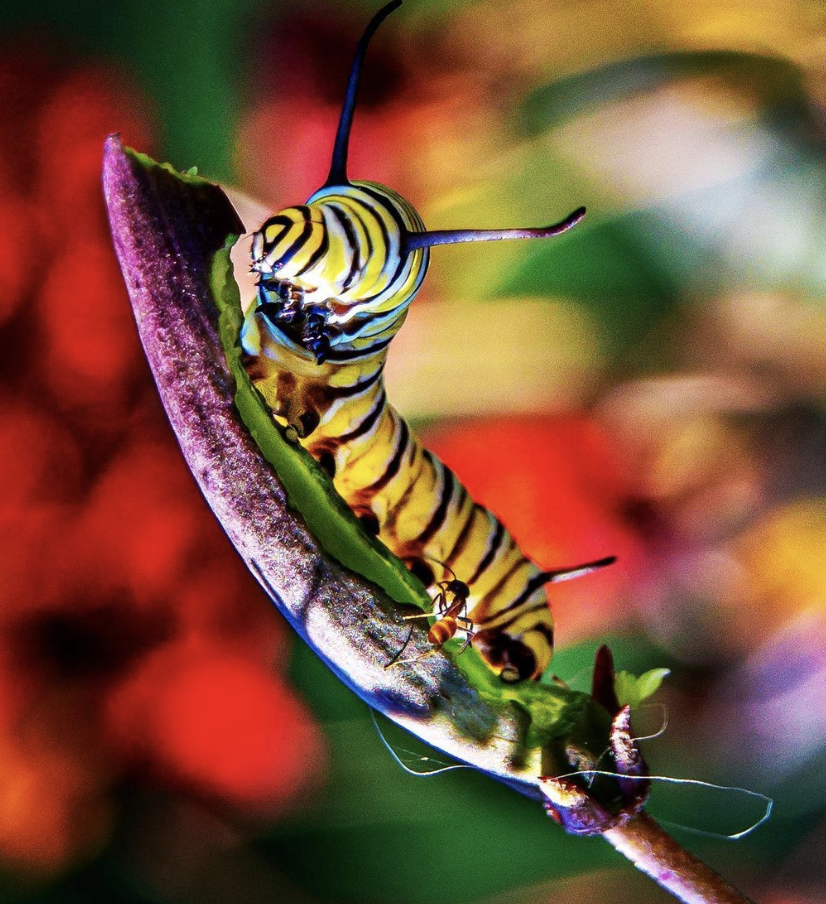
2 Responses
[…] Next is Day 14 – Canal de Ballenas & Wretched Excess […]
[…] Kayaking in Sea of Cortez: Canal de Ballenas & “Wretched Excess” – Day 14 […]